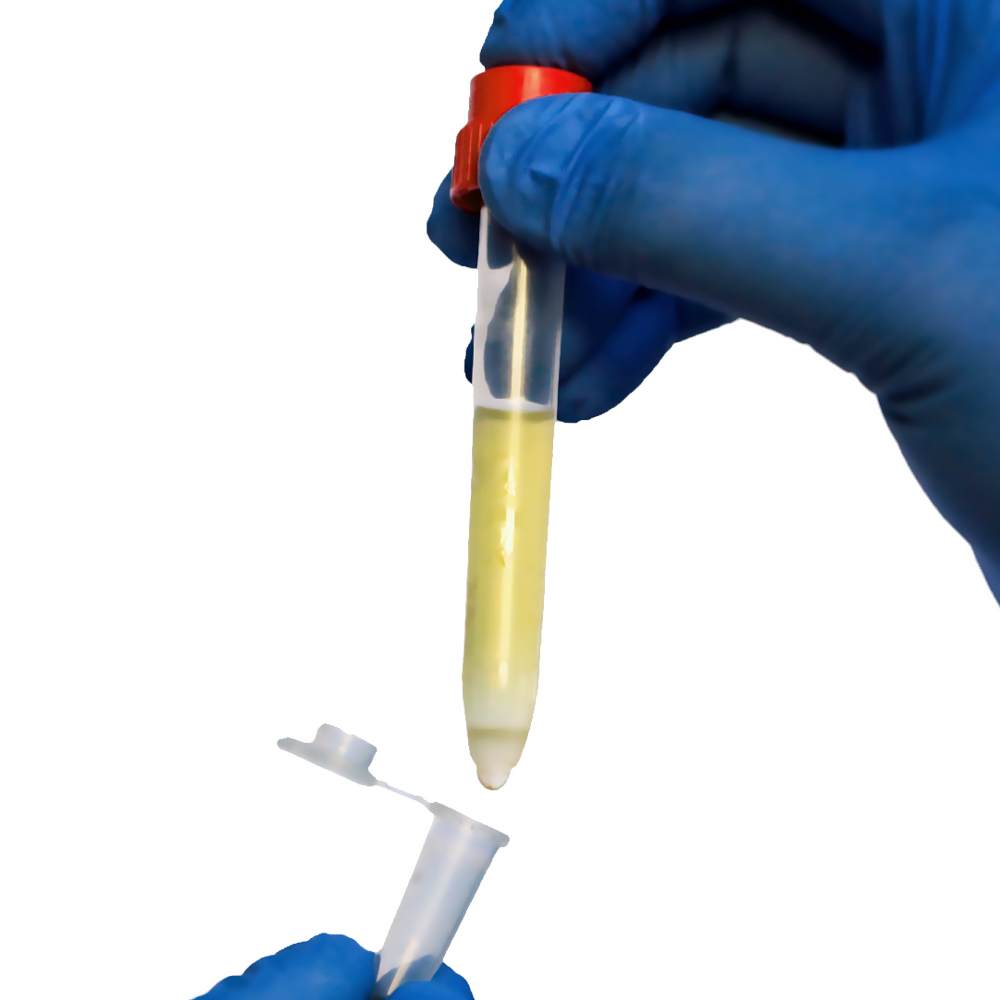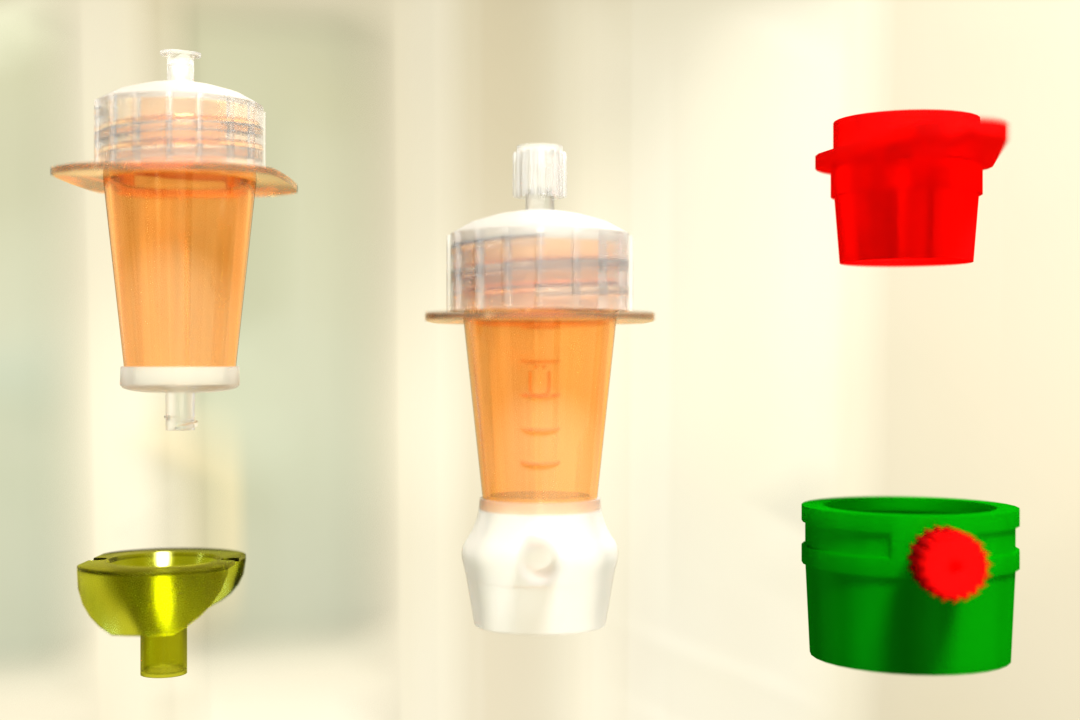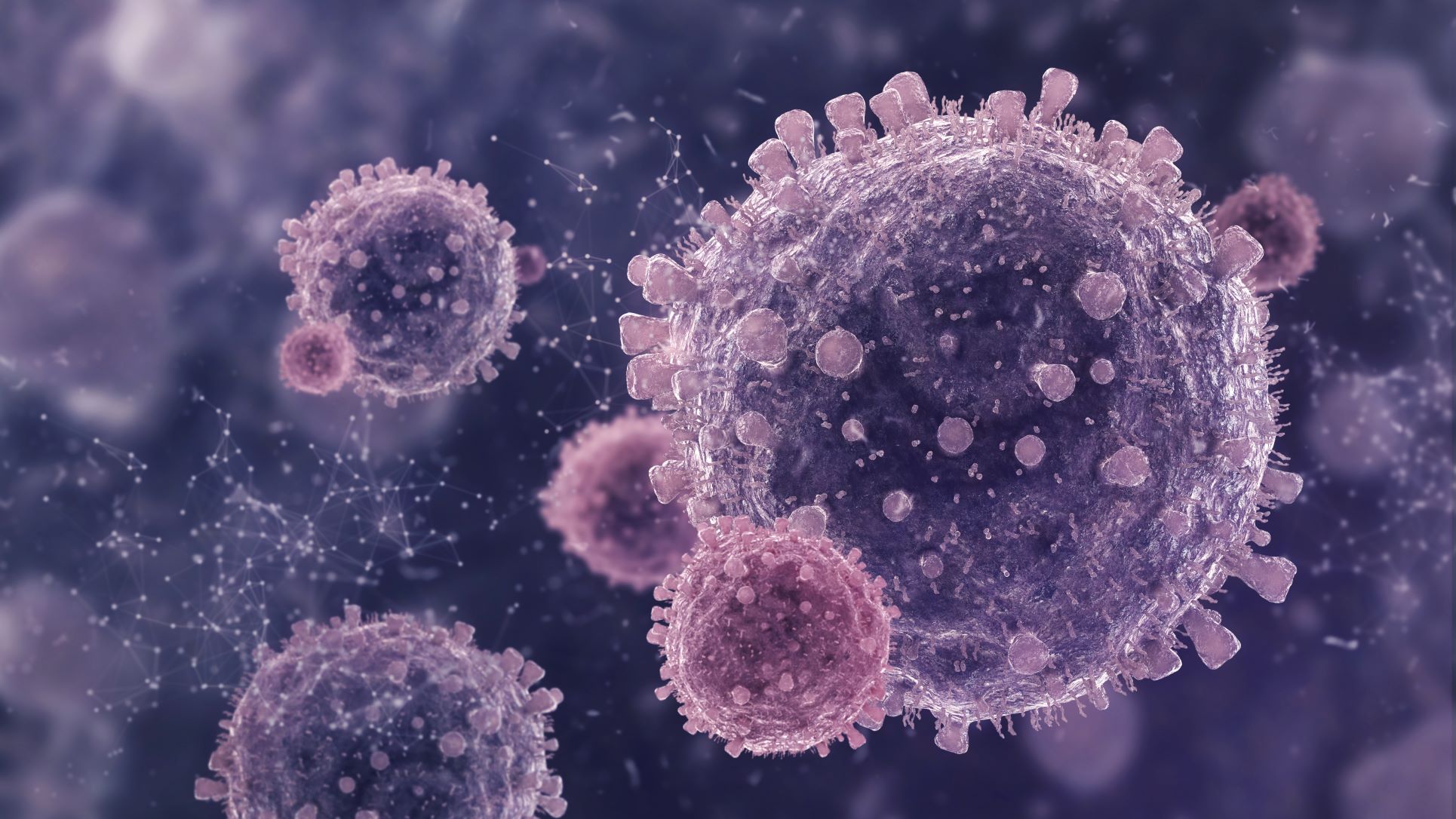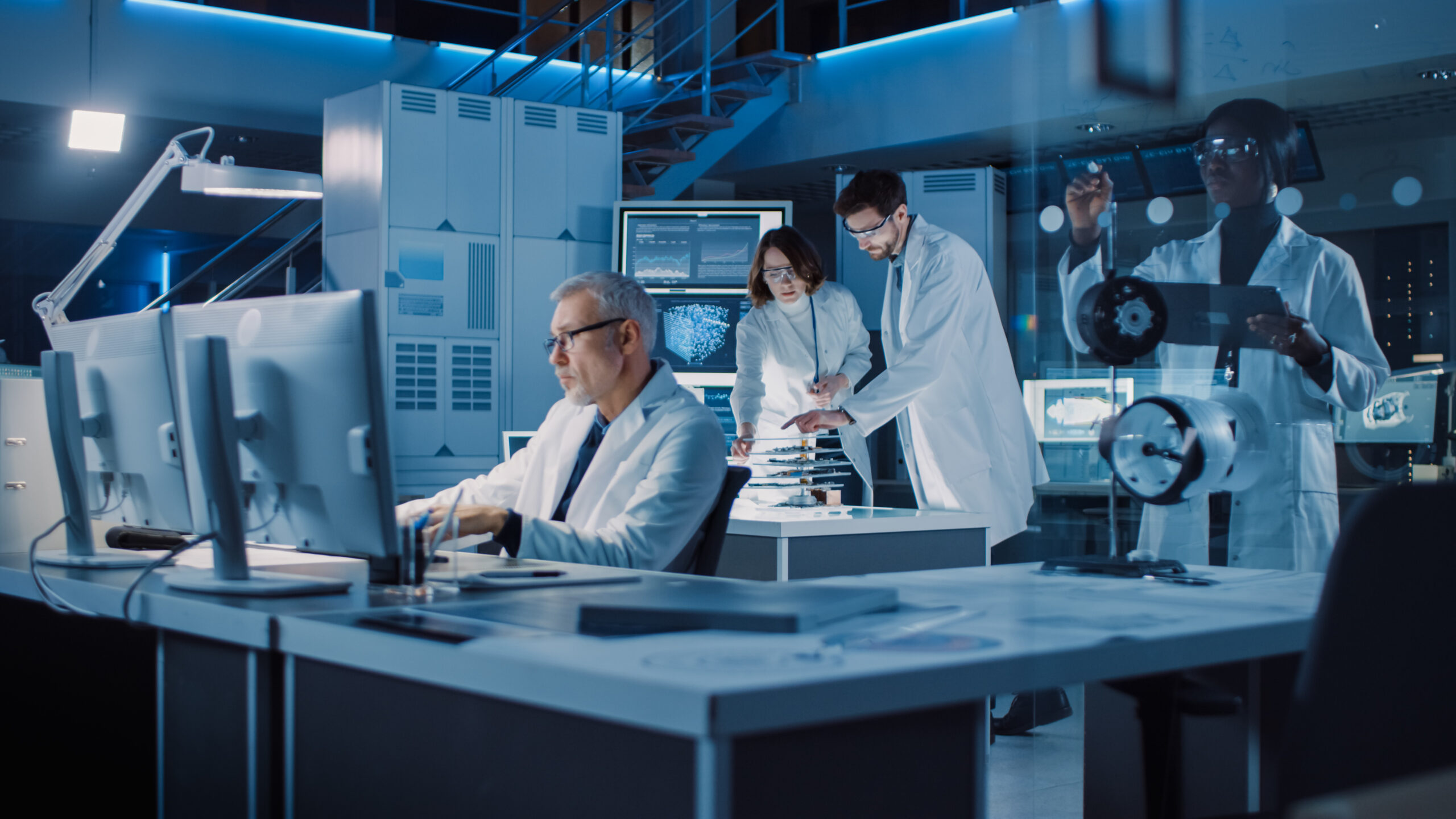Differential centrifugation and density gradient centrifugation are two types of centrifugation processes used to separate components in an analyte mixture. Keep reading to know more.
Centrifugation is a method of separating different components in an analyte mixture. This method involves rotating the sample around a fixed axis, which produces a centrifugal force.
The particles in the sample move downward through a liquid medium due to centrifugal force. This process results in the sedimentation of particles or cells of varying sizes and densities at varying rates.
In this blog we will discuss what is density gradient centrifugation and differential centrifugation.
What is Differential Centrifugation?
Differential centrifugation is an analytical technique that allows us to separate particles in a mixture based on their size. It is the most basic type of centrifugation and is also known as differential pelleting. This method is useful for separating the components of a cell.
When particles of different sizes are centrifuged, they sediment at different rates. To put it another way, larger particles settle faster than smaller particles. Furthermore, by increasing the centrifugal force, the sedimentation rate can be increased.
Differential centrifugation is useful in harvesting cells or producing crude subcellular fractions from a tissue homogenate when considering its applications. Nuclei, mitochondria, lysosomes, and membrane vesicles, for example, can be found in a liver homogenate.
We can obtain the large nuclei as a pellet by centrifuging this homogenate at a low speed for a short period of time. We can get mitochondria in the pellet if we use a high centrifugal force. Biological samples, on the other hand, are always prone to contamination.
What is Density Gradient Centrifugation?
Density gradient centrifugation is an analytical technique that allows us to separate particles in an analyte mixture based on their density. The substances are concentrated in a solution of cesium salts or sucrose in this method. The method involves particle fractionation based on buoyancy density. The Caesium salt or sucrose medium is used as the density gradient in this method. Density gradient centrifugation is classified into two types: rate-zonal centrifugation and isopycnic centrifugation.
The separation media used in rate-zonal centrifugation has a layered structure with a narrow zone on top of the density gradient. The particles in this process tend to move at different rates under centrifugal force depending on their density. Typically, all particles produce pellets because their density is greater than the density gradient.
The second type of density gradient centrifugation method is isopycnic centrifugation. It all begins with a homogeneous solution. The particles in the analyte mixture move due to centrifugal force until their density is similar to the density gradient. As a result, we can also refer to this technique as equilibrium centrifugation.
What Is the Difference Between Density Gradient Centrifugation and Differential Centrifugation?
Differential centrifugation and density gradient centrifugation are two types of centrifugation processes used to separate components in an analyte mixture. The primary distinction between differential and density gradient centrifugation is that differential centrifugation separates particles from a mixture based on particle size, whereas density gradient centrifugation helps in particle filtration based on particle density.
Density Gradient Media
PluriSelect provides ready-to-use density gradient media for the isolation of specific blood cell populations using single-step density gradient centrifugation. PBMC-Spin has a density of 1,077 g/ml at room temperature and is used to isolate PBMC (peripheral blood mononuclear cells containing lymphocytes and monocytes) from fresh sample material in 12 hours.
Leuko Spin is designed to enrich all leukocytes from fresh sample material. If you must work with blood older than 12 or even 24 hours, we recommend using our PBMC24+ Spin, which is optimized for these conditions to reduce granulocyte contamination.
Check out our Monocyte Spin and PLT Spin for the isolation of monocytes and platelets from human blood. Is there none suitable for you? Not a problem! Use our HDSM and DDM Spin Medium Set to mix any density between 1.0 and 1.1 g/ml if you need a specific density for isolation from animal blood or similar sample material.
Separation Tubes
Our separation tubes were designed to separate leukocytes and peripheral blood mononuclear cells (PBMC) from whole blood and bone marrow efficiently. PluriMate and TwinSpin eliminate the need for time-consuming and labor-intensive sample material overlaying. Depending on the density gradient media, leukocytes, lymphocytes, and PBMCs are separated from unwanted erythrocytes and granulocytes during centrifugation.
What is PluriMate?
PluriMate was created to separate leukocytes and platelets from whole blood and bone marrow. It’s a centrifuge tube that can do density gradient centrifugation. PluriMate’s distinguishing feature is the porous sponge incorporated at the bottom of the centrifuge tube.
This barrier is made of high-quality polyurethane. It saves you time and effort by eliminating the need to overlay the sample material. Anticoagulated blood or bone marrow can be poured directly into the pluriMate tube from the blood sampling tube. The porous barrier separates the sample from the separation medium.
What is TwinSpin?
TwinSpin centrifugation tubes pre-filled with Density Gradient Medium (DGM) can be used for the best separation of peripheral blood mononuclear cells from whole blood and bone marrow. An inner tube and a typical 15 ml bottle make up the TwinSpin. The inner tube is submerged in the DGM and has an open bottom.
Pipette diluted anticoagulated blood or bone marrow into the TwinSpin. The sample is placed inside the inner tube on top of the DGM. Depending on the DGM, leukocytes, lymphocytes, and PBMCs are separated from unwanted erythrocytes and granulocytes during centrifugation. As a result, target cells above the DGM are greatly enriched in the interphase.
The erythrocytes will settle out of the inner tube at the bottom of the outer tube via the density gradient media. Once the separation is complete, simply remove the inner tube. The elastic cap serves as a valve. The collection tube can be converted into a pipette by removing the cap. The contents can be collected one drop at a time.
Visit our website to learn more about our products, and don’t forget to look at the Programs & Special Offers section.
Read our blog : A Detailed Guide To The Best Red Blood Cell Depletion Method
Reference:
Science Direct
NCBI
 English
English French
French
 German
German
 Spanish
Spanish
 Belgium
Belgium
 Italian
Italian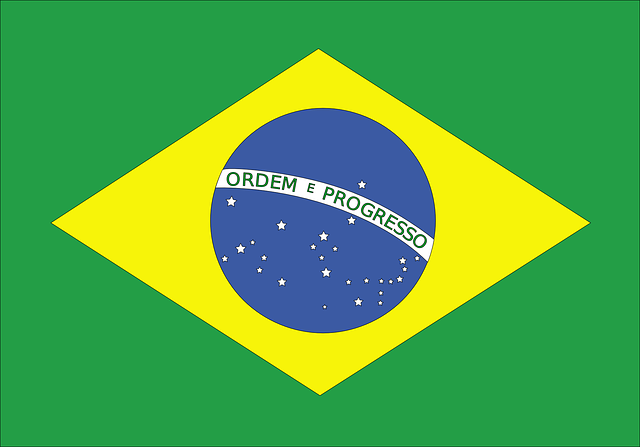 Brazil
Brazil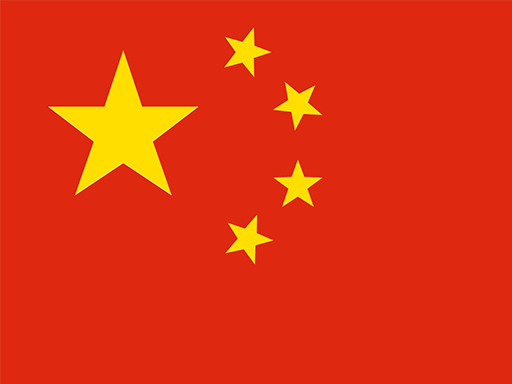 Chinese Mandarin
Chinese Mandarin
